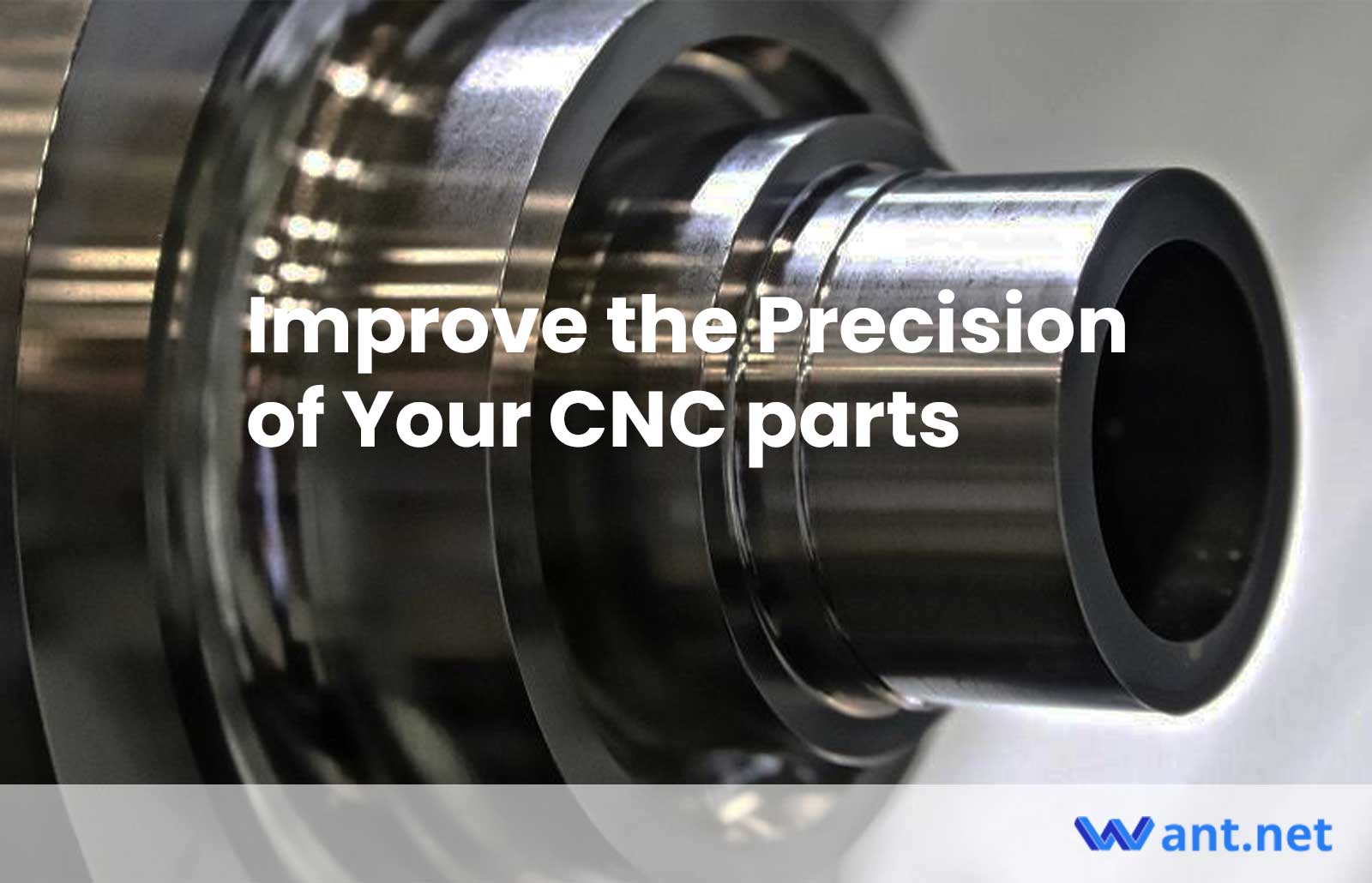In some industries, precision machining is more essential than in others. For example, medical devices, certain parts, and products must be reliable and always work. The doctor must direct the surgical robot to perform its job without lags, slips, or unanticipated movements. A simple reading of blood pressure is important to get the correct diagnosis. When it comes to our health, there isn’t much room for error.
Precision parts are also needed in the automotive industry because your car should drive smoothly every day. Consumer electronics are no different. You want your phone to work when you need it. All of these products depend on the interaction of many pieces that fit together and work together. They all require exact parts that are manufactured the same way every time.
CNC machining manufacturers are also concerned about precision, as improper precision is expensive. It results in more scrap parts, longer rework cycles, and high costs. It’s also important to recognize when precision is not the first priority. You may end up spending more on fancy measurement systems that are costly, take time to set up, and can increase your cost by focusing too heavily on precision.
How to improve the precision of your CNC machined parts?
It is a good idea to start thinking about your design from a Design for Manufacturability perspective (DFM). DFM principles can also help improve the precision of your parts. Five design parameters that you should pay close attention to include:
- Geometry
- Material
- Tolerance
- Part size
- look or feel
These parameters also have a direct relationship to precision. The more work required to machine these parts precisely, the greater the effort.
Tolerance is an important design parameter that can impact precision. Precision machining is about maintaining your tolerance limits. This is especially important when you have parts that require tight tolerances or tight fit tolerance.
The stiffness of the whole system is an important driver for precision and tight tolerance. There is a line between the workpiece, the workholding method, the tool and the machine. Precision machining can only be achieved with precision machinery, precise tools, and precise holding devices. Any reductions in stiffness in this path can cause chatter and deflection, leading to dimensional inaccuracies. Your CNC machining process will be more precise if your system (workpieces, tools, and machines) is as rigid as possible.
We now reach workholding, which is another crucial piece of precision. We tend to focus on the variation between parts when we speak about precision. How do you ensure that each part is in the same position as the previous one so that the CNC program creates the same part? Your fixturing method must constrain each part in the same way as the previous one. Kinematic coupling is one concept that you could incorporate into your fixturing process.
Kinematic coupling lets you constrain a part’s six degrees of freedom without over-constricting it. This is the concept of exact constraint design. It states that the number and type of constraints should equal the degree of freedom you wish to constrain.
There are two kinematic options: Maxwell coupling and Kelvin coupling. Two parts make up a Maxwell coupling system: one has three v-shaped grooves, all oriented towards the middle, and the other has three curved surfaces matching the grooves. On the other hand, a Kelvin coupling system has one part that includes a concave tetrahedron and one v-shaped groove. It has one flat plate and one mating part with three spherical surfaces. This concept is important in precision engineering since it could significantly improve CNC machining.
Conclusion
CNC machining can be an extremely powerful process that can immediately improve the quality and efficiency of your parts and processes. It is important to pay attention to precision components for some parts. Are your parts consistent with the quality and tolerance you require? Consider the parts you are currently working on. What is the importance of precision for your particular application? What can you do to improve the precision of CNC-machined parts?
Other Articles You Might Enjoy
- The Ultimate Guide to Acquiring CNC Machined Parts
In today's business landscape, there are two main categories: production and services. While service-based businesses are easier to establish, production businesses hold greater potential for growth. If you're considering venturing…
- The Art of CNC Precision Machining: Crafting High-Quality Parts
In the modern era, the success of CNC industries hinges on the production of parts that possess tight tolerances, impeccable surface finishes, and unwavering reliability. These meticulously crafted components contribute…
- Unraveling the World of CNC Machined Plastic Parts(CNC machined plastic parts Mabel)
Modern innovations have taken traditional manufacturing methods to new heights. One such innovation that stands out is Computer Numerical Control (CNC) machining, a process used extensively in various industries from…









